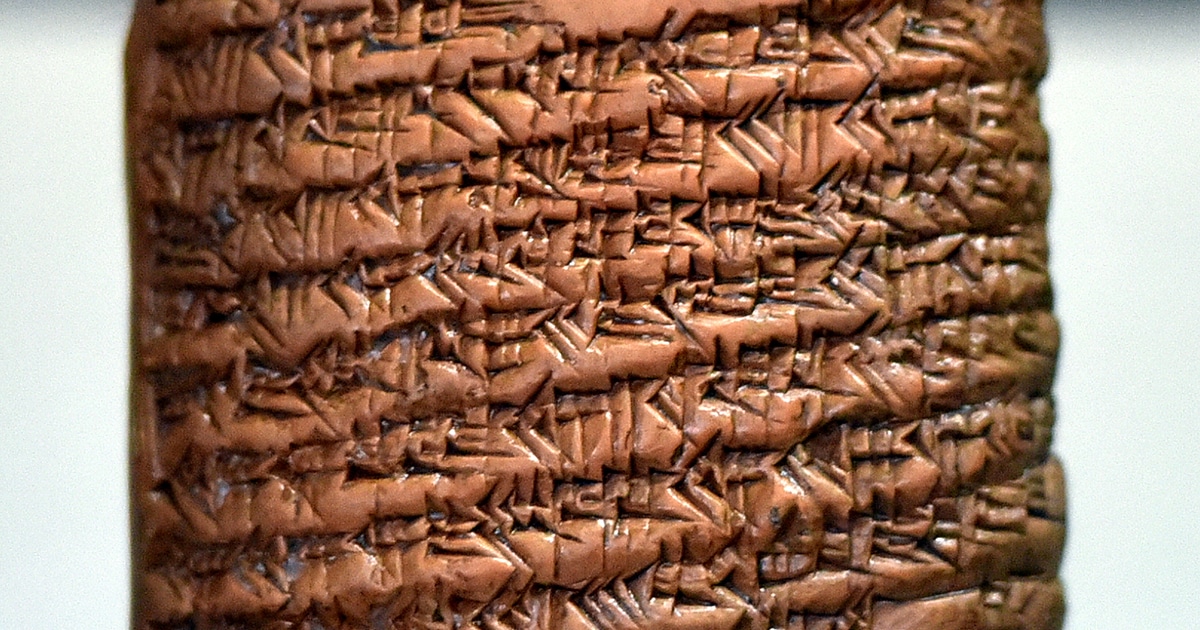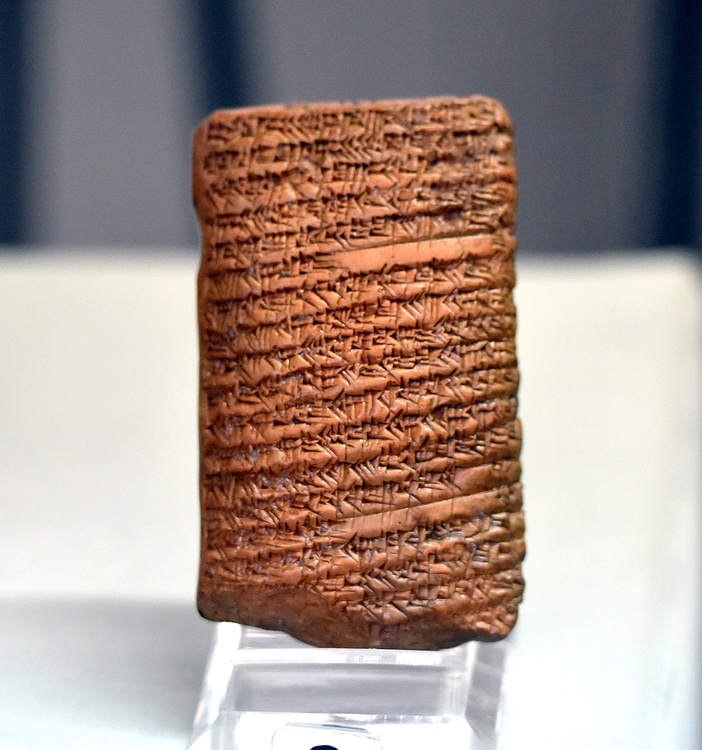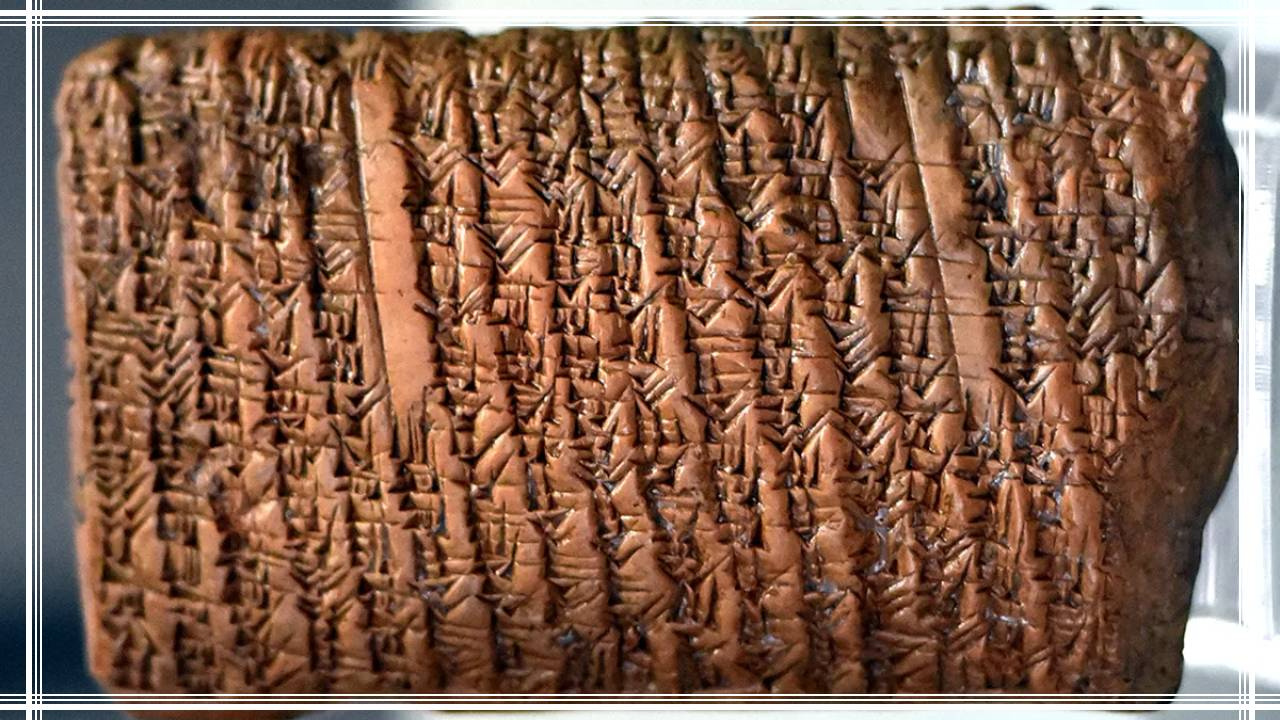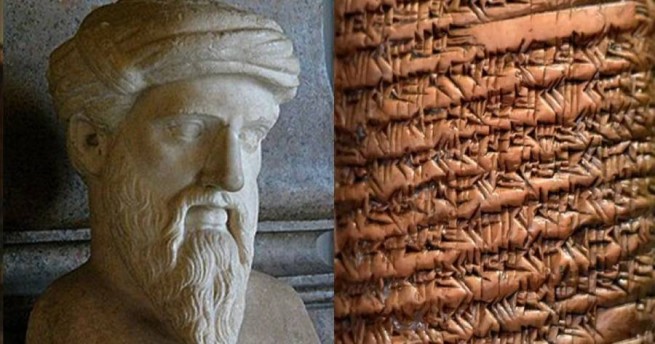While the Pythagorean theorem (a^2 + b^2 = c^2) is one of the most well-known mathematical principles in the world, its origins are often misattributed to the ancient Greek philosopher Pythagoras. However, recent archaeological discoveries have revealed that the fundamental concepts behind this theorem were actually understood and applied by mathematicians centuries before Pythagoras was even born.
In this blog post, we’ll explore the fascinating history behind the Pythagorean theorem, tracing its origins back to the advanced mathematical knowledge of ancient Babylonian civilizations. We’ll examine the evidence unearthed on ancient clay tablets and uncover how these early mathematicians were able to grasp and utilize this powerful geometric relationship long before it was formally proven and named after Pythagoras.
The Pythagorean Theorem Before Pythagoras
While Pythagoras is undoubtedly an important figure in the history of mathematics, the theorem most closely associated with him actually predates his lifetime by over a millennium. In fact, there is evidence that the Pythagorean theorem was already in use by Babylonian mathematicians as early as 1800-1600 BCE – nearly 1,000 years before Pythagoras was born around 570 BCE.

One of the key pieces of evidence comes from a Babylonian clay tablet known as IM 67118, which dates back to around 1770 BCE. This tablet demonstrates the application of the Pythagorean theorem to solve for the length of the diagonal in a rectangle. The ancient Babylonian mathematicians were able to use this fundamental geometric relationship to calculate the unknown side of a right-angled triangle, showcasing a sophisticated understanding of trigonometry and geometry centuries before the classical Greek era.
Another intriguing artifact is a Babylonian tablet from around 1800-1600 BCE that contains a diagram of a square with labeled triangles inside. When the numerical markings on this tablet are translated from the base 60 number system used by the Babylonians, they reveal that these ancient mathematicians were not only aware of the Pythagorean theorem, but also had knowledge of other advanced mathematical concepts like the Pythagorean triples.
The Babylonian Number System and Mathematical Achievements
The ancient Babylonian civilization, which flourished in Mesopotamia (modern-day Iraq) from around 1800 to 600 BCE, was renowned for its impressive mathematical accomplishments. One of the key factors that enabled their mathematical prowess was the sophisticated base 60 number system they developed, which is the precursor to our modern system of measuring time, angles, and other units.

Unlike the base 10 number system we use today, the Babylonian base 60 system allowed for much more precise calculations and the representation of fractional quantities. This system was ideally suited for the Babylonians’ advanced astronomical observations and calculations, as well as their practical applications of mathematics in fields like architecture, engineering, and commerce.
In addition to the Pythagorean theorem, the Babylonians made numerous other significant mathematical discoveries, including:
- Solving quadratic equations
- Calculating square roots
- Understanding the concept of exponents
- Developing trigonometric tables
- Accurately predicting eclipses and planetary movements
These achievements demonstrate that the ancient Babylonian civilization had a deep and nuanced understanding of mathematics that far exceeded what was previously believed. Their mathematical knowledge was not only sophisticated but was also actively applied to solve real-world problems and advance their scientific and technological capabilities.
The Pythagorean Theorem in Ancient Cultures
While the Babylonians were the first known civilization to demonstrate a clear understanding of the Pythagorean theorem, they were not alone in their mathematical prowess. Similar advanced mathematical concepts and applications have been found in other ancient cultures around the world, suggesting that the fundamental principles behind the Pythagorean theorem may have been discovered independently by multiple ancient civilizations.
For example, in India, the Sulba Sutras, a collection of ancient Sanskrit texts dating back to around 800-200 BCE, contain detailed descriptions of geometric constructions and mathematical formulas that are closely related to the Pythagorean theorem. The Indian mathematician and astronomer Baudhayana, who lived around 800 BCE, is credited with providing one of the earliest known proofs of the Pythagorean theorem, predating Pythagoras by several centuries.

In China, the ancient mathematical text “The Nine Chapters on the Mathematical Art,” which was compiled around 200 BCE, also includes a statement of the Pythagorean theorem and its application to solving right-angled triangles. This suggests that the fundamental principles behind this theorem were well-known and utilized by Chinese mathematicians long before the classical Greek era.
The Lasting Impact of the Pythagorean Theorem
The Pythagorean theorem has had a profound and lasting impact on the development of mathematics, science, and technology throughout human history. Its widespread application in fields ranging from architecture and engineering to astronomy and physics has made it one of the most fundamental and influential mathematical principles ever discovered.
Even today, the Pythagorean theorem continues to be a cornerstone of modern mathematics, with its principles being applied in everything from trigonometry and calculus to quantum mechanics and general relativity. Its enduring relevance and versatility have solidified its status as one of the most important and iconic mathematical concepts of all time.

Conclusion
While Pythagoras is undoubtedly an important figure in the history of mathematics, the theorem most closely associated with him actually predates his lifetime by over a millennium. Recent archaeological discoveries have revealed that the fundamental concepts behind the Pythagorean theorem were already understood and applied by ancient Babylonian mathematicians centuries before Pythagoras was even born.
This remarkable finding not only challenges the traditional narrative surrounding the origins of the Pythagorean theorem but also sheds light on the advanced mathematical capabilities of ancient civilizations that have long been underappreciated. As we continue to uncover and study the mathematical achievements of these early cultures, we gain a deeper appreciation for the rich and diverse intellectual heritage that has shaped the development of mathematics and science throughout human history.
